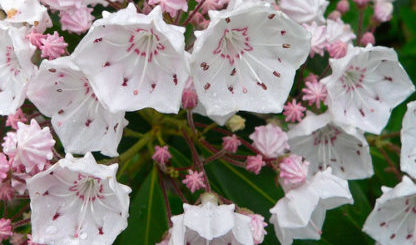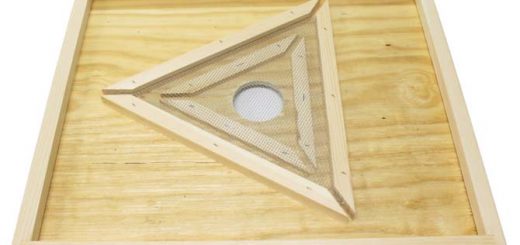Honey Questions
This post is a living documented, updated with the most common/popular questions I get. I’m a hobbyist keeper and, on many topics, opinions vary among keepers, so feel free to compare and research further.
When Is Honey Available?
Normally honey is harvested at the end of a period keepers call “the flow”. The flow is when plants are producing nectar and bees are harvesting it to make honey. The exact date of the flow varies depending on location and climate, but usually Spring through late Summer.
How often can you harvest honey?
For smaller operation and domestic hives, the bulk of honey production occurs once a year and is harvested in a single instance. This is also practical in terms of labor reasons and minimizing stressing on the hive. However, under excellent circumstances, even one of these might produce smaller harvest(s) or experience some over-winter honey (see below). Larger scale and commercial operations often relocate their hives to take advantage of regional nectar sources and subsequent/extended nectar flow, allowing them to enjoy multiple harvests.
Honey in the Winter?
Bees consume stored honey over the winter for basic metabolism but also to generate heat to survive. If a Winter is mild and/or short, a hive will sometimes have a surplus left over in the Spring. Conversely, very harsh and long winter can starve a hive. 🙁 But usually, with a global market, most places can get “fresh” honey in the Winter by importing from the hemisphere that is currently experiencing Summer.
Honey Permits & Laws?
In many areas, including my own state of Georgia, small producers do not require any license or permit. “Georgia beekeepers are not required to obtain a Food Sales Establishment License if they process and retail their own honey on their own premises, on a door-to-door retail route, or at an established place of business owned and managed by the producer and the honey is sold directly to a household consumer as the end user (including fairs, festivals, & farmers markets).” Larger producers, and commercial suppliers may fall under other regulation. Check your local laws & regulations.
What is Raw Honey?
While there is no official U.S. federal definition of “raw” honey, it is generally held to mean honey that has not been strongly heated or overly filtered. Raw honey is generally only filtered to remove extraneous solids that remain after the initial raw processing by the beekeeper. This is considered a desirable thing by many consumers, as raw honey contains trace amounts of pollen and other nutritional sources that may aid in local allergies and other health conditions.
Honey Flavors?
Raw honey may have a stronger flavor and color variation than heavily processed and homogenized honey. This comes from the particular nectar and pollen the bees collected from their environment. Some honeys are light and sweet; others are dark and bold. This flavor may change as certain plants come in and out of season, so it is not unusual to find honey of different color and flavor even from the same hive. Some people even enjoy “honey tastings” and attempt identify honey sources and hive location.
Cloudy or Crystallized Honey?
Honey is filtered to remove extraneous solids that remain after the initial raw processing by the beekeeper. The cloudiness seen in raw honey comes from very small amounts of pollen, wax and micro air bubbles. Crystallization is natural and can come and go depending on the current temperature and humidity. Commercial ultra-filtering involves heating, diluting and reduction that achieves extreme clarity at the expense of flavor and nutritional value.
Pounds, Ounces, Gallons?
Honey is a liquid with a variable moisture content. Bees naturally cap their honey cells once a series of criteria are met, including a water content of 18% or less. This is one of the reasons honey lasts so long. When harvesting, a beekeeper should only collect “frames” that are at least 80% capped to prevent getting watery honey that might be subject to spoilage. That still leaves some variation in moisture content though, so the exact weight by volume can vary a bit (nectar derived sugars are denser than water).
Storing Honey
Store honey at room temperature – your kitchen counter or pantry shelf is usually a safe bet. Storing honey in the refrigerator accelerates the honey’s crystallization. If your honey crystallizes, simply place the honey jar in warm water and stir until the crystals dissolve. Do not boil or microwave honey!
How Much Honey?
The amount of honey a single hive product varies wildly based on a number of factors… relative health & size of hive and food supply, being the biggest ones. The world record for production is pretty staggering: “Bill Winner, Beekeeper Services Manager, Capilano Honey Company, 346kg (762 lbs) PER HIVE from 460 hives.” But that is a highly experienced keeper, under unusually optimal circumstances. As a hobbyist, expectations should be MUCH more modest and can even be net-zero some years. My personal record is currently ~60lbs per hive as a recreational keeper in an urban setting.






















